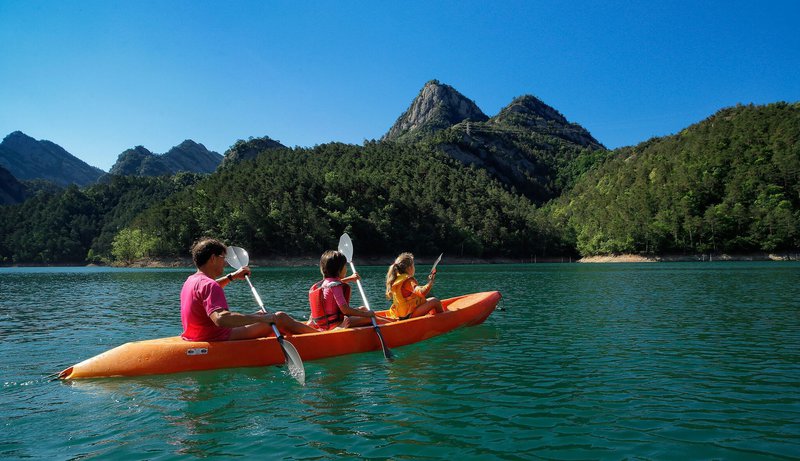Tourism
Change of strategy for Catalonia
Catalonia ended 2017 having set a new record for numbers of international tourists. In 2018, figures will exceed the 19 million threshold and perhaps even reach the heights of 20 million, as many as Canada and three times that of Brazil. The structural strength of the tourism model will compensate for the economic downturn in the last two months of 2017. Expenditure by international tourists will also continue to grow and come close to 1,000 euros per tourist, especially if the weight of non-European visitors increases. This means that international tourism will directly contribute around 20 billion euros to the Catalan economy in 2018. Domestic demand will also grow as positive data for the country’s economy are consolidated, although the increase in average income does tend to make tourists seek out more opportunities for foreign travel.
The growth in tourism in Catalonia during 2018 will be concentrated in the main poles of supply: the city of Barcelona, the Selva Marítima-Alt Maresme continuum and the Vila-seca-Salou-La Pineda node; or, by extension, Barcelona, the coastline of the Costa Brava and Alt Maresme and the Costa Daurada. The country therefore needs a deconcentration strategy, which has already started in recent years.
The side effects of Barcelona’s Special Urban Tourism Plan for Accommodation will be the transfer of part of the offer to what is known as the metropolitan crown. Also, in the three main coastal points, travel to the second and third crowns have increased. On the other hand, the Pyrenees will remain the main alternative to concentration on the coast, while inland tourism will have more difficulties attracting international tourism.
In 2018, Catalonia leaves behind a year that saw it enjoy the title of European Region of Gastronomy and enters a new one designated the European Year of Cultural Heritage. The Eurobarometer has long detected a strong increase in European demand for cultural tourism products, both tangible and intangible. With Barcelona now established as a top tourist destination, it is likely that this increased demand for cultural heritage will affect smaller cities and towns in Catalonia, and perhaps strengthen demand in the Pyrenees outside the winter season. 2018 will also be a year of new strategic orientation for destinations: the various levels of government have designed new models of tourist management based on innovation, differentiation and new forms of tourism governance.
In 2018, the country will face four major challenges that will mark the whole decade: the growth capacity of far-off markets, which will compensate for a dependence on local markets; the innovation and the incorporation of R&D+i in the tourism system, which will overtake the increasingly obsolete classic models; a commitment to social responsibility in tourism, which will compensate for the unwanted effects of tourism; and a necessary increase in average salaries and conditions for tourism sector workers in a context of increasing automation.


